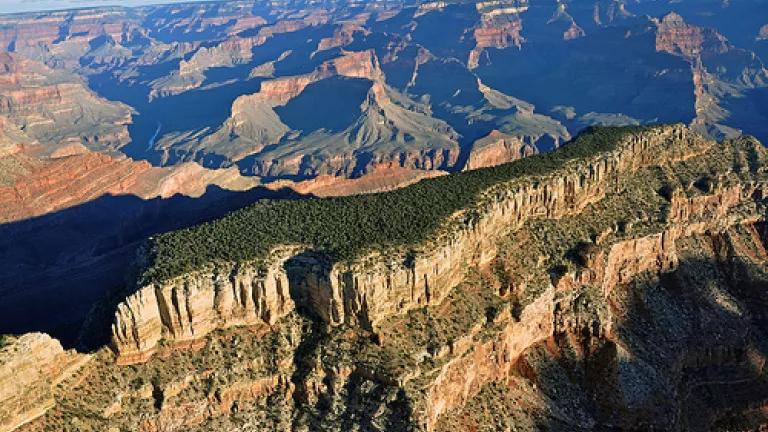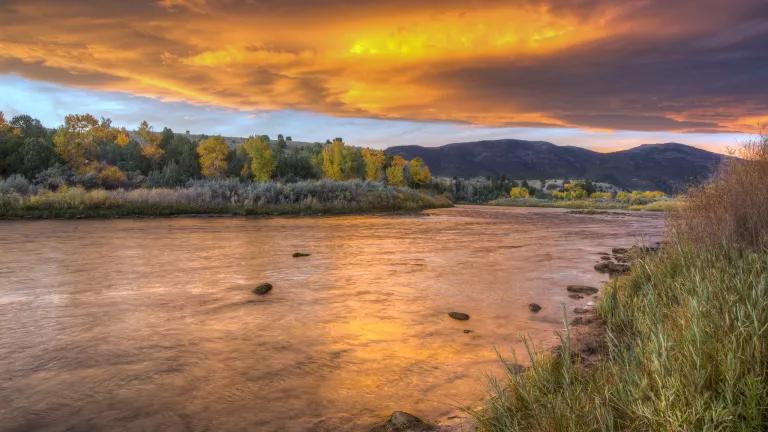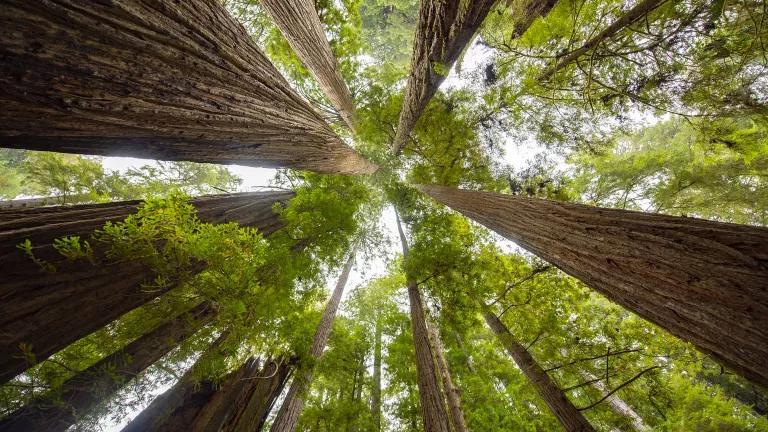
Update July 25, 2011: Republicans have introduced a rider in the 2012 Interior Appropriations spending package that would immediately open the Grand Canyon region to further mining. The rider would allow for extensive uranium mining directly adjacent to the Grand Canyon, potentially endangering an iconic landmark as well as some of America's most important water resources. As the administration committed to a few weeks ago, there is an ongoing environmental review process on whether to allow additional uranium mines near the Grand Canyon. This rider would short circuit that ongoing review and ensures that any and all future uranium claims around the Grand Canyon would be likely to go forward, even though uranium mining has a dreadful environmental history. A rider that interferes with ongoing environmental reviews is objectionable simply as a matter of precedent, but it's even more egregious when it sacrifices the landscapes and water resources of the Grand Canyon region. Almost as objectionable, this particular rider acts as an earmark, a handout to the multinational mining companies who stand to be the exclusive beneficiaries of this cynical act by the Republicans, all at the expense of a national treasure.
The Obama administration took an important step today in extending for six months a moratorium on new uranium mining claims in a million-acre buffer zone around the Grand Canyon. Interior Secretary Ken Salazar also directed the Bureau of Land Management to select the full withdrawal of 1 million acres from any future uranium claims as the administration’s “preferred alternative” as it continues work on a final Environmental Impact Statement for this decision.
If the administration follows through on its decision and permanently withdraws the one million acres from any new uranium claims before the end of this year, it will have taken an important step in protecting the iconic legacy of the Grand Canyon and the important water resources at stake.
But on a more ambiguous note, the Interior Department was careful to state (repeatedly) that the 8 to 11 existing uranium claims in the region could go forward, even after a withdrawal. And while Director McNutt of the United States Geological Survey was careful to note that there has been little monitoring of the environmental impacts of regionally active mines in the past, the monitoring of any new regional mines from the existing claims was an “opportunity to fill that knowledge gap” on the environmental impacts of uranium mining.
We respectfully suggest that the knowledge gap is not so great as to require new information. Uranium mining has a dreadful environmental legacy in the Southwest, lacks strong environmental and health protections, and even more important, these mines would at best be marginally competitive in the world uranium market. It’s certainly not worth sacrificing any of the landscapes and water resources of the Grand Canyon region.




